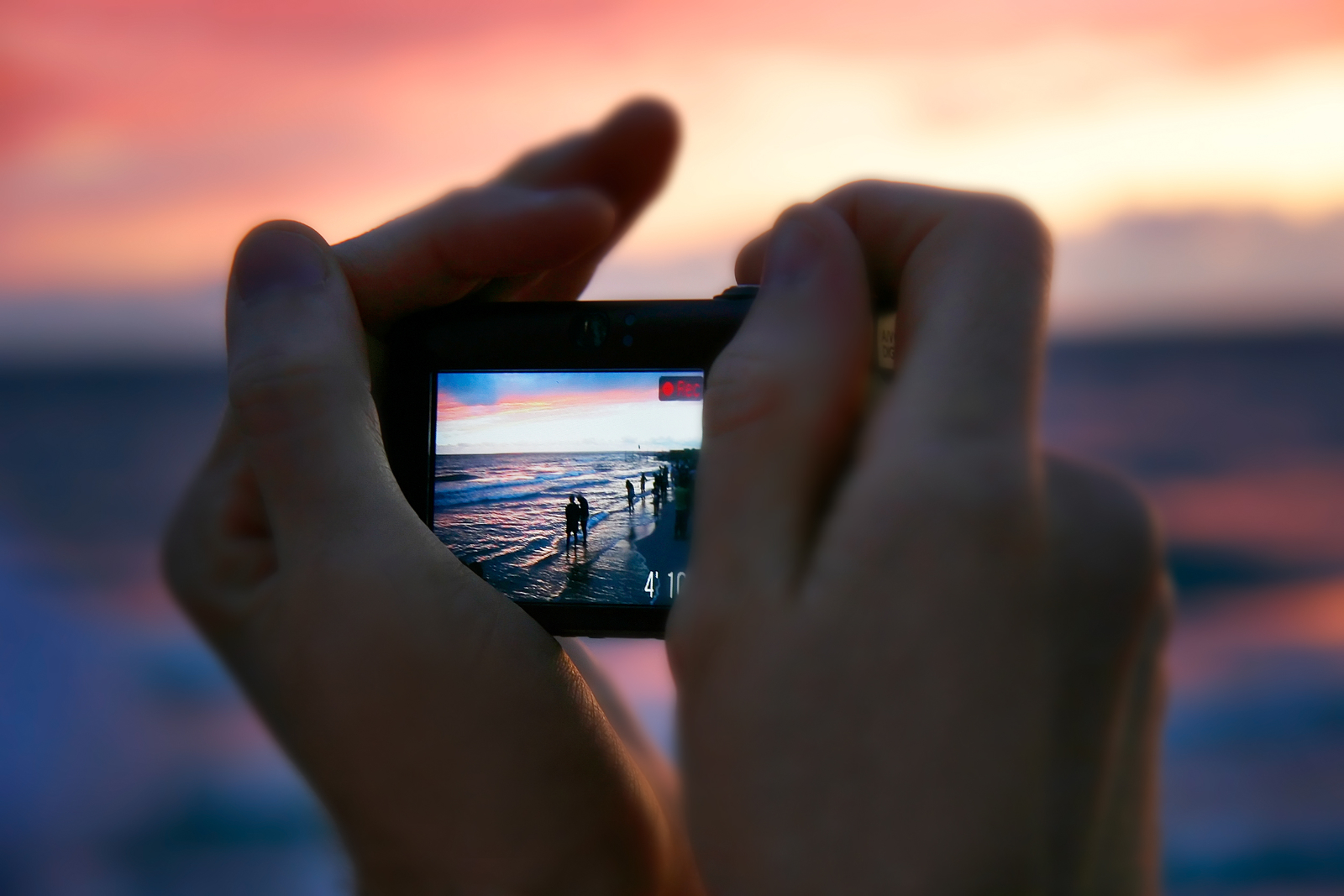Beaches provide an excellent backdrop for taking stunning photos. If you’re on vacation at the beach with your friends or family, you’ll want to take pictures to preserve your memories of the experience. But, capturing beautiful beach photos is easier said than done. Even if you have an excellent camera, snapping the perfect shot requires some skill and an eye for detail.
Beach Photography Tips
Before you hit the beach, here are tips on how to take perfect beach photos:
Shoot at an Appropriate Time
For best results, take pictures during the “golden hour.” The “golden hour” is the period slightly after sunrise or just before sunset when the sky is filled with a visually appealing golden hue. Unlike photos taken at midday or during the afternoon, photographs taken during the “golden hour” are unlikely to come out overexposed, making it an excellent time to take photos.
Avoid Crowds
Have you ever skimmed through photos in your photo gallery and seen some unfamiliar faces in the background that ruined your photos? If yes, you’ll want to head to the beach when it’s less crowded to avoid a similar scenario.
Sunrise is generally the best time to hit the beach to avoid crowds. Sure, you may be reluctant to get out of bed in the morning when you’re on vacation, but if you want to take beautiful photos, it’s a sacrifice worth making.
Identify a Focal Point
Excellent photos tell a story. In photos, the focal point usually tells the story. It’s a point of interest that draws the viewer’s attention to a particular subject. Without a focal point, photos lack visual interest.
When shooting photos at the beach, choose a focal point for your photos. The focal point can be a shell, boat, palm tree, or beach umbrella. Focusing on a focal point can make your photos more attractive and interesting.
Use a Tripod
A tripod can elevate your photos in various ways. First, it can stabilize your camera and allow you to take steady shots, making you less likely to take blurry photos. It can also allow you to capture beautiful long exposure shots at a low shutter speed, making it a must-have tool.
Adjust Your Shutter Speed
Play around with the shutter speed to alter water appearance. Use a fast shutter speed for conventional photos. Alternatively, try using a long shutter speed to make water waves appear smooth.
Shutter speed can be a bit challenging to understand, but understanding it can elevate your photos. But if you’re not conversant with it, only use a long shutter speed when there is adequate light.
Use a Polarizing Filter
While the beach provides a perfect setting for taking photos, reflected light from the sea may ruin your photos. Using a polarizing filter can allow you to minimize the glare from reflected light and even enhance colors.
But there is a caveat. Because polarizing filters reduce light, they may make your photos appear darker. So, adjust your camera settings to ensure you take well-exposed photographs.
Carry Camera Cleaning Tools
When you’re taking photos, your camera lens will inevitably get dirty. Fingerprints and smudges on your camera lens can affect your image quality. Ensure you carry an air blower and lens cloth to clean your camera when it gets dirty to restore image quality.
Shoot in RAW
Digital cameras typically offer two file formats – JPG and RAW. JPG files are compressed, meaning JPG photos lose detail. On the other hand, RAW files are uncompressed, so RAW photos don’t lose detail. As a result, RAW files are easier to edit in post-production. So, if you want more leeway during post-processing, shoot in RAW.
However, RAW files are significantly larger than JPG files. So, if you decide to shoot in RAW, ensure you have sufficient storage space.
Capture Memories
Beaches provide an ideal setting for taking gorgeous photos. But taking stunning photos at the beach takes some skill. Don’t just take photos for keepsakes. Follow the tips above and capture beautiful memories you’ll cherish for a lifetime.
If you are looking for a good location to shoot beach photos, come and visit Delnor-Wiggins Pass State Park.

